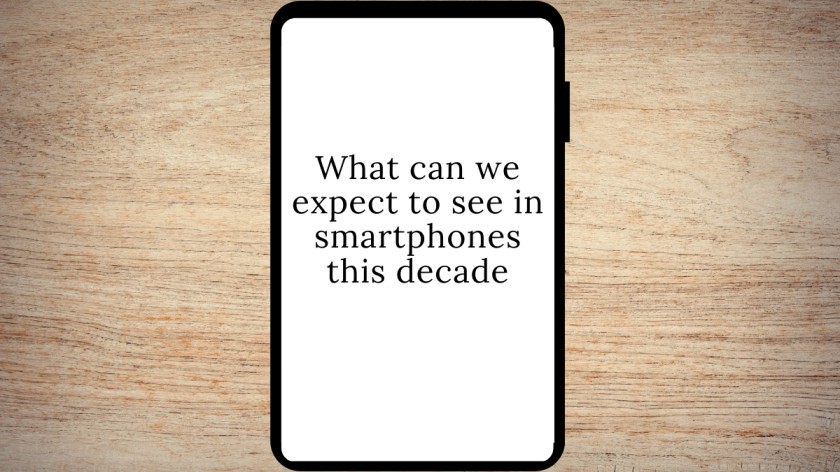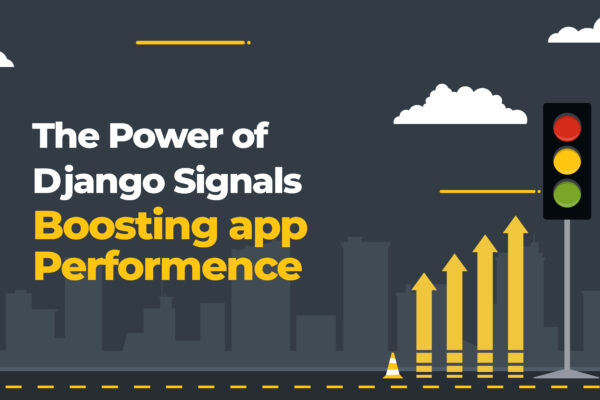These past few years, smartphones have improved radically compared to the first iPhone. Many more players have entered the smartphone market increasing competition and bringing down the prices. When I got my first smartphone (Redmi Note 4G), it was one of the few smartphones that were available at a price affordable to many. It had a 2GB of RAM, and an 8GB internal memory. Needless to say, internal memory requirements shot up in the next few years as phones with higher storages were released and consequently the size of apps increased. Xiaomi was first of the many low-cost smartphone manufacturers that emerged in the next few years. Now in 2020, smartphones generally have around 6GB of RAM and 64GB of internal memory, headphone jacks became a luxury(thanks, Apple), and removable batteries are museum relics. We surpassed fingerprint scanners and are at the age of facial recognition tech for phones. So what can we expect from the smartphone industry this decade?
Wireless charging
Wireless charging has been around for a couple of years now, and recently it has started to become a standard feature in smartphones. Currently, wireless charging relies on a charging mat on which phone or other devices are placed on. The Qi charging protocol currently supports up to 15W charging, but it still doesn’t come close to the speeds offered by phones offering wired fast charging. Charging cables has a tendency to get frayed and damaged quickly and there’s the minor inconvenience of plugging in the phone every time you need to top off the charge. While current technology overcomes these difficulties, true wireless charging can mean never having to wait near an outlet waiting for the phone to get charged. And I really hope we get there soon.
Another cool feature I’ve noticed is the reverse wireless charging. While I can’t remember the last time I used my phone as a powerbank, I think I can attribute it to the cable mess it created. But with reverse wireless charging, even if we may not be kind enough to charge a friend’s dying battery, it will surely be useful to charge our dying wireless earphones.
Foldable phones
Foldable displays and phones have been under discussion for some time now, and it became a reality last year when Samsung revealed its Galaxy Fold and Motorolla released the new version of Razer flip phone, this time as a foldable phone. Royole Flex Pai was the first foldable smartphone, but somehow it didn’t gain much traction. But foldable phones are not in any way perfect now. The Galaxy Fold was plagued with issues, with dust particles damaging the $2000 phone very quickly. While Samsung made some changes after the initial fiasco, complaints still persist. I mean, nobody wants a phone with a price tag that high, along with a manual to use it without damaging it.
Right now foldable phones have two major form factors. One is where the phone looks like a tablet when unfolded, like the Galaxy Fold and the Huawei Mate X. Such a form factor will allow a user to have a large screen that can easily be carried around. Another form factor is being piloted by the Motorolla Razer, commonly called as the clamshell design. TLC recently unveiled a flexible display that has a slide in slide-out form factor. Basically half the display is slid out of the other half to form a larger screen display.
I really hope foldable phones go the way fingerprint scanners did and not the way battery technology did. Fingerprint scanners got better and better over time and now it’s at acceptable levels, while batteries have been pretty much the same in the duration the charge lasts ever since smartphones came in. Everyone just got used to the idea that their smartphone batteries will remain charged only for a day at max.
Less ports
This is a trend that has become common in the case of laptops, particularly MacBooks. More and more ultra-slim laptops are limiting themselves to two or three USB C ports. And I think its trend we can expect in smartphones. Apple “courageously” removed the headphone jack from the iPhones and many OEMs followed suit, while some others retained it. EU has plans to force all smartphone manufacturers to use USB C as a standard, but with wireless charging gaining popularity, it may not be long before manufacturers do away with ports. Physical buttons may also be done away with slowly, replaced by pressure-sensitive sides, or similar tech. Google Pixel phones already have a pressure-sensitive side, which triggers the Assistant when pressed.
Many manufacturers have already shown off prototypes of phones without ports or physical buttons. Besides the aesthetics, removing ports and buttons will also make them more dust and water-resistant. Buttons are also notorious for getting damaged quickly.
Bezel-less displays
Ever since the iPhone X came out, there has been a rush to make a bezel-less phone. While bezel-less displays are favoured mostly for aesthetics, functionally they make larger screen size possible in small phones.
While manufacturers have managed to remove most of it, the “notch” still persists. Some manufacturers have adopted a water drop type notch(my personal favourite), and there have been a couple of phones with a hole-punch display. While most of the sensors that usually occupy the bezels(such as proximity sensor, speaker, mic) have been moved to the very edge, the camera still remains an obstacle. Some smartphones seem to have adopted a popup camera as a temporary solution, but a more elegant solution is still under works. An under-display camera have been teased by the likes of Xiaomi and we may see a phone with something like that in this decade.
In display fingerprint sensor
While I love seeing new technology, this is something I find really pointless. I can’t find a good enough reason to put a half baked technology on smartphones when a perfectly functioning alternative is readily available. Under display fingerprints are not very smooth as of now. Yes, they work most of the time, but its really not as good as the regular fingerprint sensors. And if it’s about the convenience of taking out the phone from the pocket by the edges and unlocking it at the same time, you can simply put the fingerprint sensor below on the backside. But I’m guessing that the under-display fingerprint is here to stay and I can only hope that it becomes better.
Battery technology
This is one area where I wish real innovation will happen. Even though battery life has improved over the years, this is not entirely due to improvements in battery technology. Battery capacity has remained fairly constant(exceptions exist), even though software optimization has made phones more efficient and charges last for a day and a half. Most of the innovation in battery technology has been in fast charging. There are phones that get almost completely charged in around 30 mins now.
A promising development is the arrival of graphene batteries. Compared to lithium-ion batteries, graphene generates way less heat while charging, and the generated heat is evenly dispersed. This allows for faster charging. Graphene batteries can also hold higher amounts of charge per weight compared to lithium-ion batteries – translation: higher capacity batteries. Once graphene batteries can be mass-produced, they could become more mainstream. If you wanna rush ahead, a company called real graphene is already producing graphene power banks. And the results look great. Their base model is capable of charging using a 60W charger and can be used to charge 3 devices at 50W. The power bank is also capable of charging devices wirelessly. The 10,000 mAh battery gets fully charged in 55 mins. And it’s not too expensive either.
Computational photography
Computational photography has been around for some time. While most companies add more and more camera sensors to their phones, Google’s Pixel phones beat all the other smartphone cameras using this trick. While computational photography has been around for some time in the form of beauty filters and AI selfies, Pixel’s astrophotography mode took that to a whole new level.
Traditionally taking a good picture of the night sky using your phone was close to impossible. And even then it involved setting up your camera on a tripod, manually adjusting the exposure time and hope that moving clouds won’t mess up the pic. The astrophotography mode simplifies this whole process, leaving most of the process to the computer. While using the mode, the phone takes a series of photos, with exposure times up to 16 seconds and combines them to form an image. Yeah, the software can do a lot more than making you look pretty in your selfies.
The smartphone industry has undergone a series of rapid changes. I remember the initial days when smartphones were just coming up and a preliminary question upon seeing a smartphone as if it has a good touchscreen. But these days, it really looks like all manufacturers are just adding more RAM and putting in the latest chip. And of course, more camera sensors. I would love to see some innovation in this decade.




